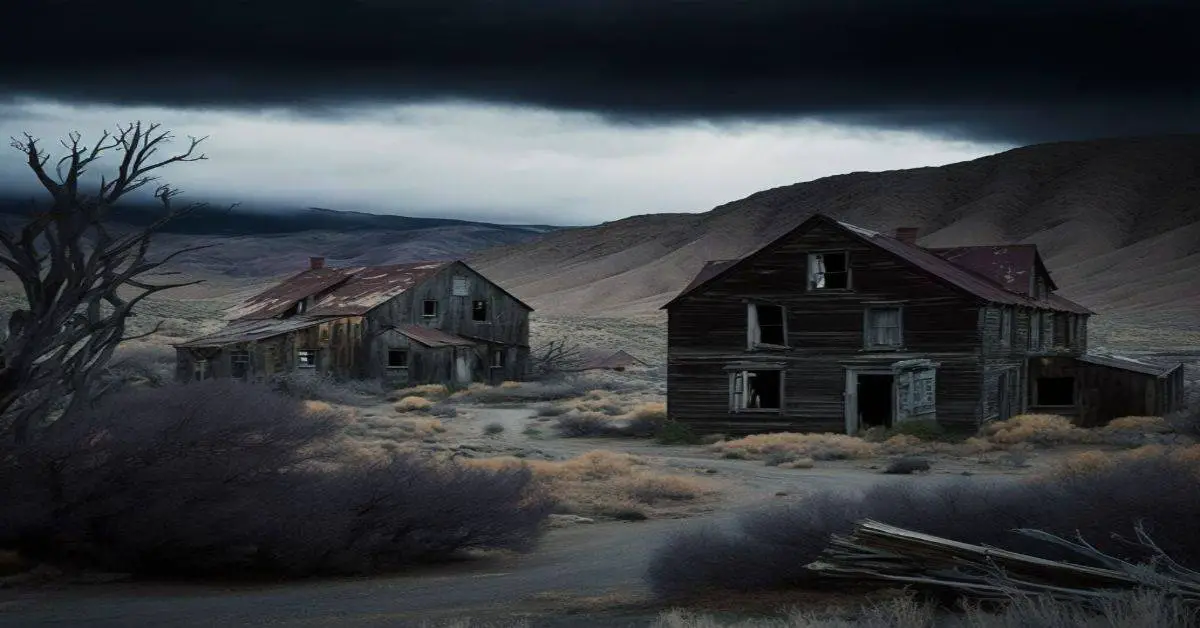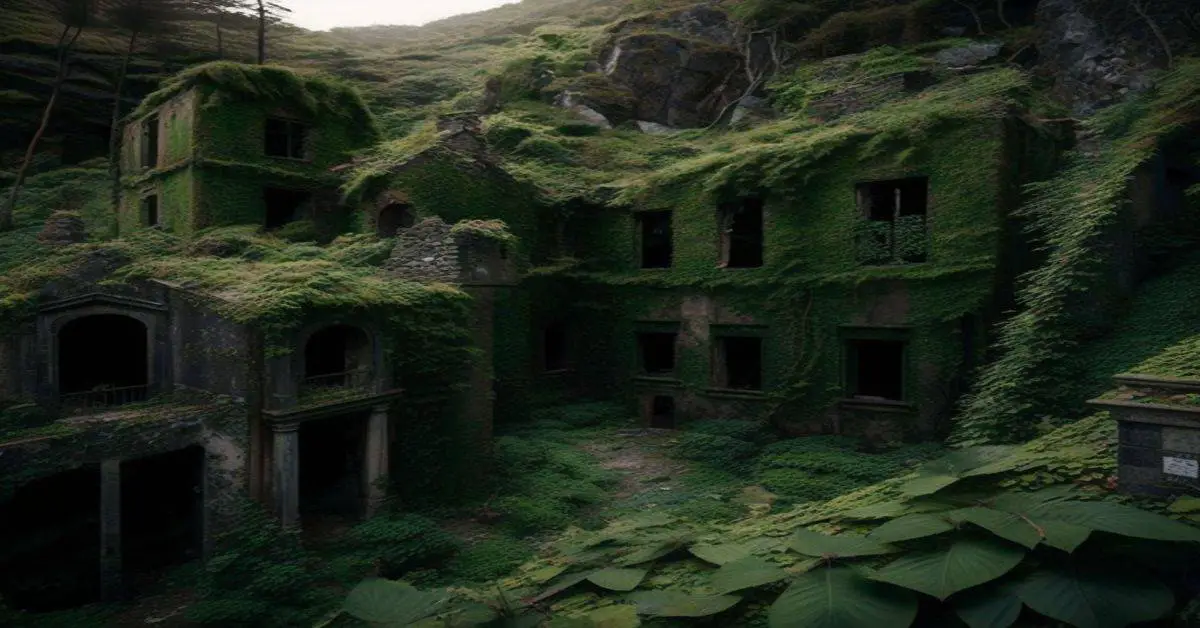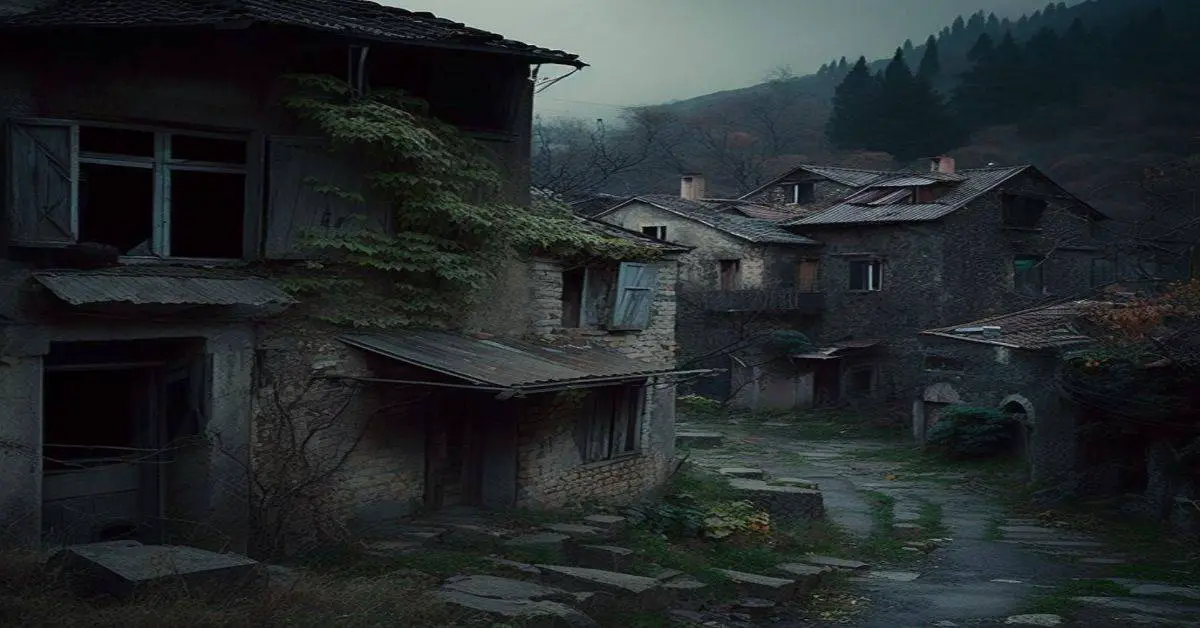Pioche, Nevada’s infamous ghost town, is a testament to the wild west’s lawlessness and violence of the 1860s. Like a time capsule, it has preserved the memory of the era’s brutal past, beckoning the curious to explore its dark and notorious history.
Though the population of this once-bustling mining camp has dwindled to just 900, its relics continue to draw in tourists from all over the world.
Located in the eastern part of Nevada, Pioche is a town steeped in history. It’s a place where the only law during its heyday was the gun, and where murderers met their end in the town’s cemetery.
Pioche remains a popular tourist destination despite its dark past, with visitors flocking to see the Lincoln County Courthouse and other notable landmarks.
This article will delve into the history of Pioche, explore its notable facts and figures, and highlight its top tourism attractions.
Key Takeaways
- Pioche, Nevada was a notorious mining camp in the 1860s and served as the county seat from 1871 with a historical reputation as a lawless place where guns were the only law.
- Pioche’s cemetery contains the first Murderer’s Row, a section in the cemetery set apart from the rest, containing the graves of over 100 murderers, most of which are unmarked, making it a popular tourist destination for those interested in the town’s dark past and the stories of those who lived and died there.
- Despite its small population of just 900 residents, Pioche offers plenty of outdoor activities for visitors, including Spring Valley State Park, hiking trails, fishing, and boating, with remnants of the old mining days still visible throughout the town.
- The Lincoln County Courthouse, now a museum, is a relic of the old days and offers guided tours to visitors, making it a must-see attraction for those interested in the town’s history and character.
Location and History
Located just off U.S. Highway 93 north of Panaca, Pioche is a ghost town with a rich history.
Pioche was the most notorious mining camp in Nevada during the 1860s and served as the county seat from 1871.
The town’s historical significance lies in its reputation as a lawless place where guns were the only law and where dozens of saloons and red light districts added to the chaos.
The Nevada State Mineralogist reported in 1873 that about one-half of the community were thieves, scoundrels, and murderers.
The town’s cemetery contains the first Murderer’s Row, a section in the cemetery set apart from the rest, containing the graves of over 100 murderers, most of which are unmarked.
Pioche’s influence on modern culture lies in its reputation as a must-see ghost town.
Many relics of the old days remain, including the Lincoln County Courthouse, which is now a museum.
Desert Magazine has published articles about Pioche in March 172 and January 1960, showcasing the town’s unique history.
Pioche’s location, just off U.S. Highway 93, makes it easily accessible to tourists who want to experience the town’s wild-west past first-hand.
Overall, Pioche’s historical significance and influence on modern culture make it a destination worth visiting for those interested in the history of the American West.
Notable Facts and Figures
Remarkably, the majority of graves in the cemetery of Pioche, Nevada’s infamous ghost town, are unmarked. The section known as Murderer’s Row contains over 100 graves of those who committed heinous crimes. Pioche had a notorious criminal history, with a Nevada State Mineralogist reporting in 1873 that about one-half of the community were thieves, scoundrels, and murderers. The town’s guns-only law during this period, coupled with dozens of saloons and red light districts, added to the chaos.
The population of Pioche was 900 at present, starkly contrasting to the more than 7,000 residents the town had in 1872 during the mining boom. However, the town’s history remains a significant aspect of its tourism. The cemetery’s Murderer’s Row and the fact that most of its graves are unmarked evoke a sense of intrigue and mystery.
Visitors cannot help but be fascinated by the town’s dark past and the stories of those who lived and died in Pioche during its heyday.
Tourism and Attractions
Tourists visiting this historic destination have many attractions to explore, including historic buildings, such as the Lincoln County Courthouse, which was built in 1872 and still stands as a testament to the town’s early days. The courthouse is open to the public and offers guided tours, providing visitors with a glimpse into the past of Pioche and the surrounding area.
Additionally, the town’s cemetery is a must-see attraction, containing the first Murderer’s Row, a section in the cemetery set apart from the rest, containing the graves of over 100 murderers. While most of the graves are unmarked, visitors can still learn about the town’s notorious past by walking through the cemetery and seeing the graves of those who lost their lives during Pioche’s early days.
For those interested in outdoor activities, Pioche and the surrounding area offer plenty of opportunities. The nearby Spring Valley State Park allows visitors to experience the beautiful natural scenery of the area, with hiking trails, fishing, and boating available. Additionally, the town itself offers a unique experience for those looking to explore the outdoors, with remnants of the old mining days still visible throughout the town. The town’s many abandoned buildings and structures offer a glimpse into the past and provide a sense of the town’s history and character.
Overall, Pioche is a must-see destination for those interested in history, outdoor activities, and experiencing a unique and fascinating piece of Nevada’s past.
Frequently Asked Questions
What led Pioche’s population decline from 8,000 during the mining boom to its current 900 residents?
The decline of Pioche’s population from 8,000 during the mining boom to its current 900 residents may be attributed to various environmental factors, such as resource depletion, and the limited transportation infrastructure that hampered economic growth and development.
Are there any notable ghost stories or supernatural occurrences associated with Pioche?
Supernatural legends surround Pioche including the Lady in Red, a ghostly prostitute. The Overland Hotel is one of several haunted locations with reports of apparitions and unexplained noises.
What efforts have been made to preserve Pioche’s historical buildings and artifacts?
Preservation efforts to maintain Pioche’s historical significance include the restoration of the Lincoln County Courthouse, preserving the Million Dollar Courthouse, and establishing the Pioche Historic Preservation Society to protect buildings and artifacts.
Are there any notable figures or events in Pioche’s history that are often overlooked or forgotten?
Pioche’s overlooked history includes notable figures such as Chinese businessman Wing Fong and African American miner Peter Thomas. The impact of Pioche’s cultural and ethnic diversity is often forgotten in its violent past.
How has Pioche’s economy changed over time, beyond the mining industry’s decline?
Beyond the decline of mining, Pioche’s economy has shifted towards tourism. Entrepreneurial opportunities have arisen with the restoration of historic buildings and development of new businesses. The town’s unique history and ghost town status present significant tourism potential.


